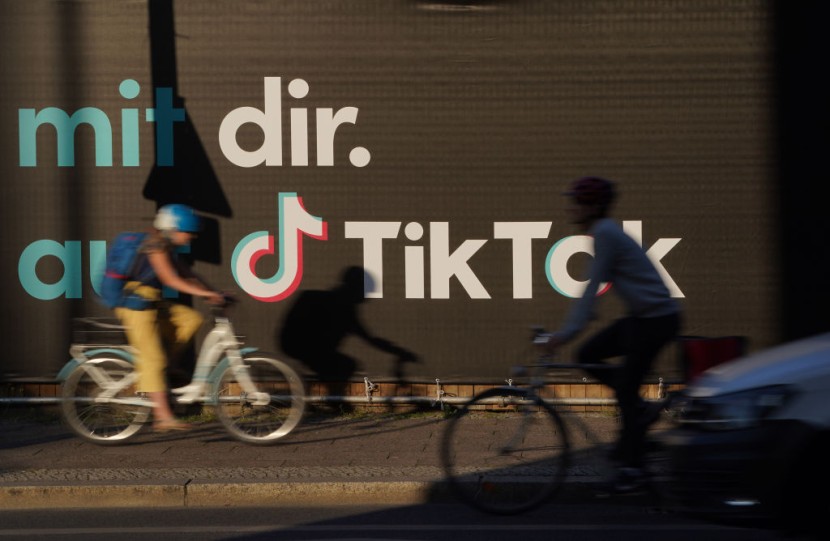
TikTok initiated a probing and prohibited some search terms after discovering that harmful pro-anorexia content was still easily searchable. This was notwithstanding measures taken by the social media firm to ban weight-loss product advertisements.
Pro-Anorexic Videos, Underweight Influencers
The video platform is one of the most popular apps in the world, with over 800 million users. Half of its users are aged 16 to 24. It has implemented new regulations on weight-loss advertisements after the denouncement of promoting dangerous diets.
TikTok was launched in 2017 and has become the seventh most downloaded app from 2010 to 2019. The video-sharing app enables users to create short videos of themselves dancing to background music from a wide variety of music genres to share with viewers, reported The Boar.
Despite restrictions, it was still easy to find narratives promoting life-threatening eating disorders in the app. The company may have blocked a number of hashtags, but putting the same words into a profile search results in finding multiple accounts promoting eating disorders, reported Digis Mak.
One teenager dancing on-camera is painfully skinny with the bones on her bare legs jut out. On closer inspection, it is apparent that she is an in-patient recovering from a severe eating disorder and is regularly posting about her anorexic experiences.
The teenager's account is based on her recovery, but her 50k followers are updated with regular photos of her gaunt, ailing body. They are also provided detailed videos about her diet, which, although with innocent intentions, are the type of content experts caution that could expose users combatting their own disorders to "triggering" content which "glamorizes" eating disorders, reported The Sun.
Numerous people have agreed on one thing: content about eating disorders is inundated on TikTok.
However, the video-sharing app's community guidelines prohibit videos that endorse eating habits that would lead to health issues, underscoring pro-anorexia content or that which coaxes harmful weight loss habits.
According to the app, it uses technology and individuals to remove such content. However, users still say their feeds are inundated with starvation and bulimia videos.
Harmful accounts that encourage potentially fatal eating disorders were still conveniently searchable. People searching for content through hashtags could get around restrictions by using slight misspellings or common term variants.
San-Francisco teenager Lily was shown videos of people sleeping all day to avoid eating, eating ice chips, and fasting for days on her "For You" page in the app. A user's "For You" page is a feed of videos that are recommended based on users' activity on TikTok. Content is produced by the app depending on the content the user liked, searched, or engaged with.
An account displayed messages from a girl indicating that she wanted advice on weight loss in a healthy or unhealthy way. One other account indicated, "This is a warning if you don't like the stuff about starving, please go."
Such cruel videos could also creep up on people's TikTok feeds randomly.
There has long been an issue with social media users being exposed to potentially harmful and aggravating content.
Related Article: Fleets: Twitter's New Feature Removes Tweets After 24 Hours








